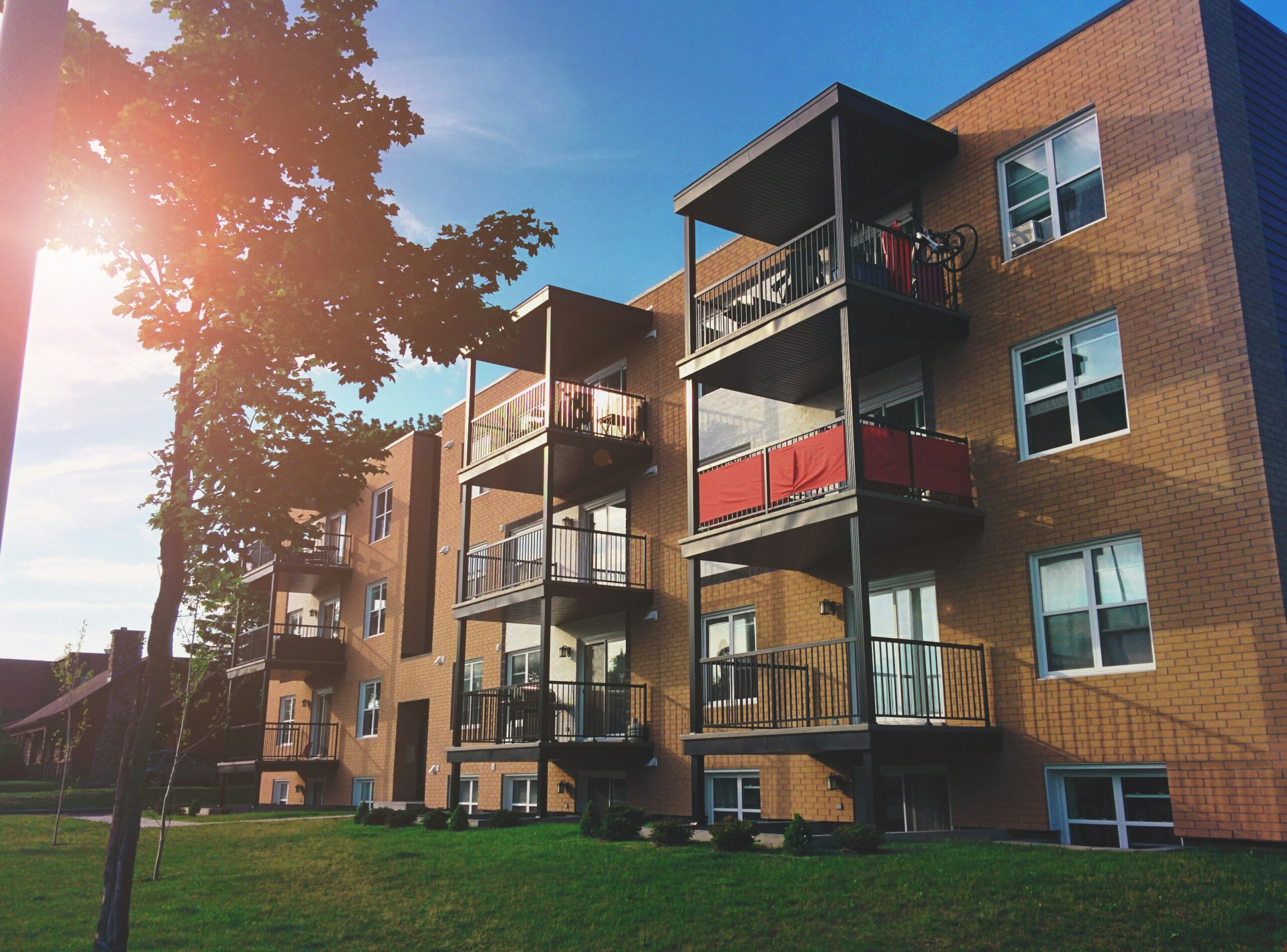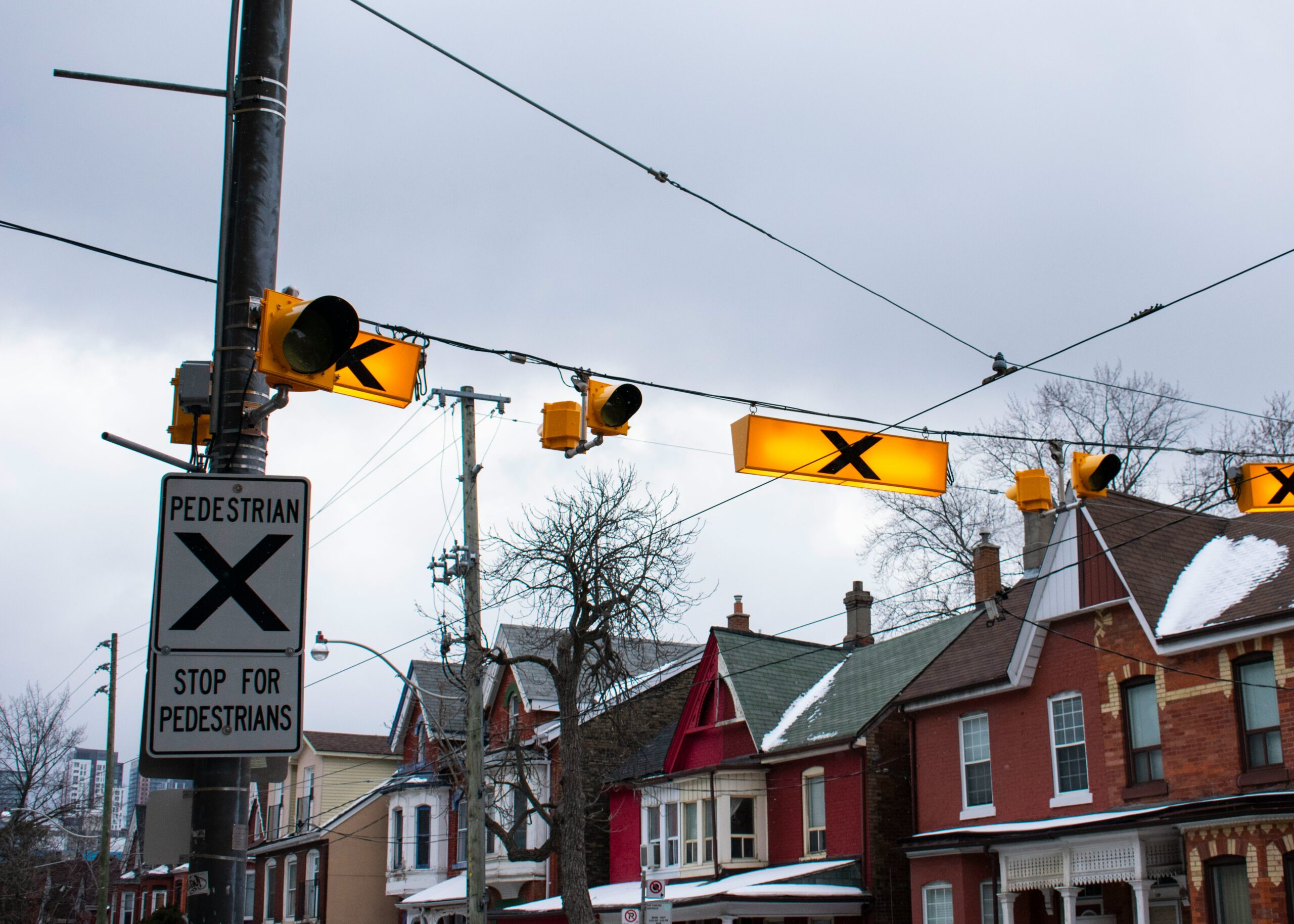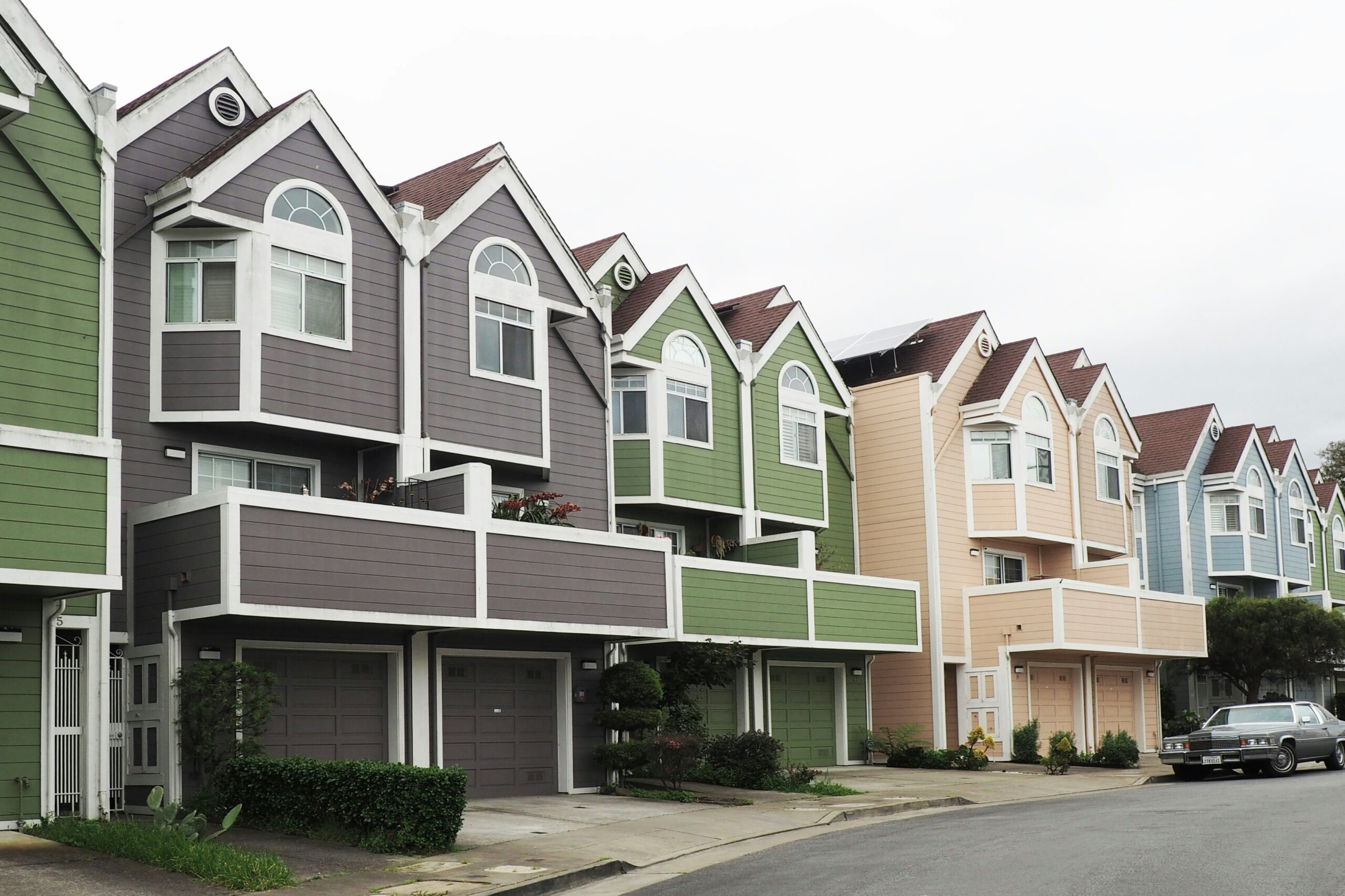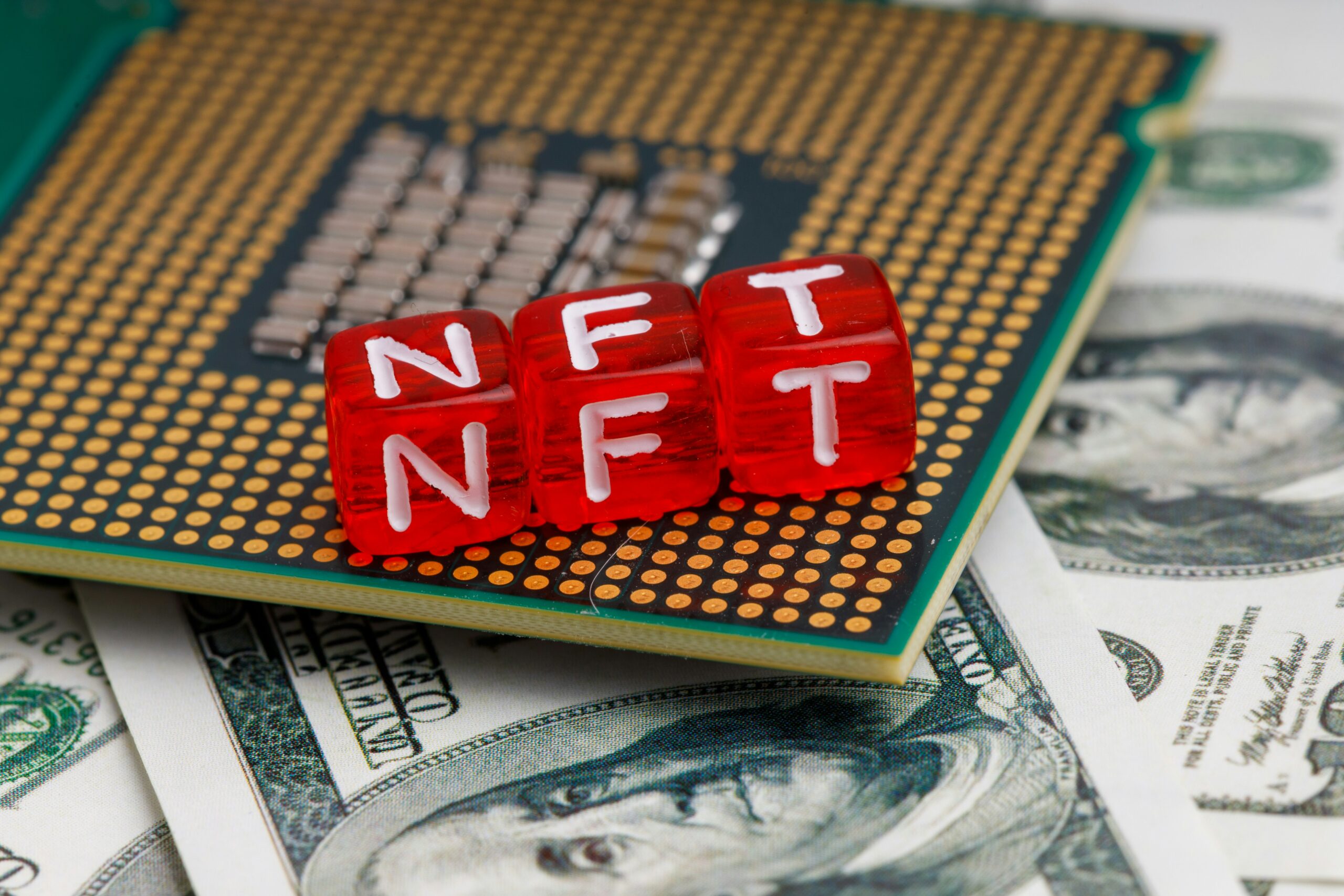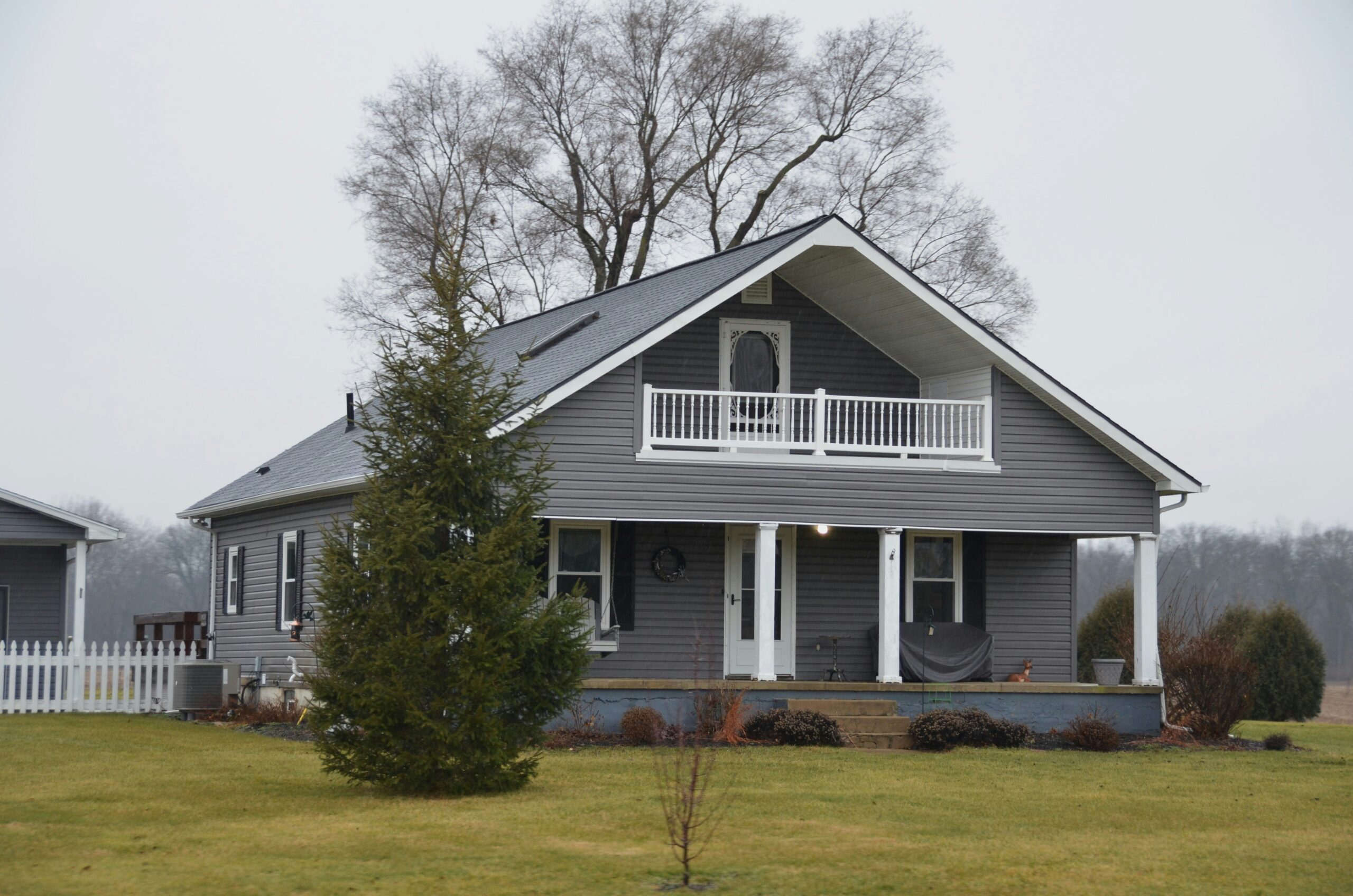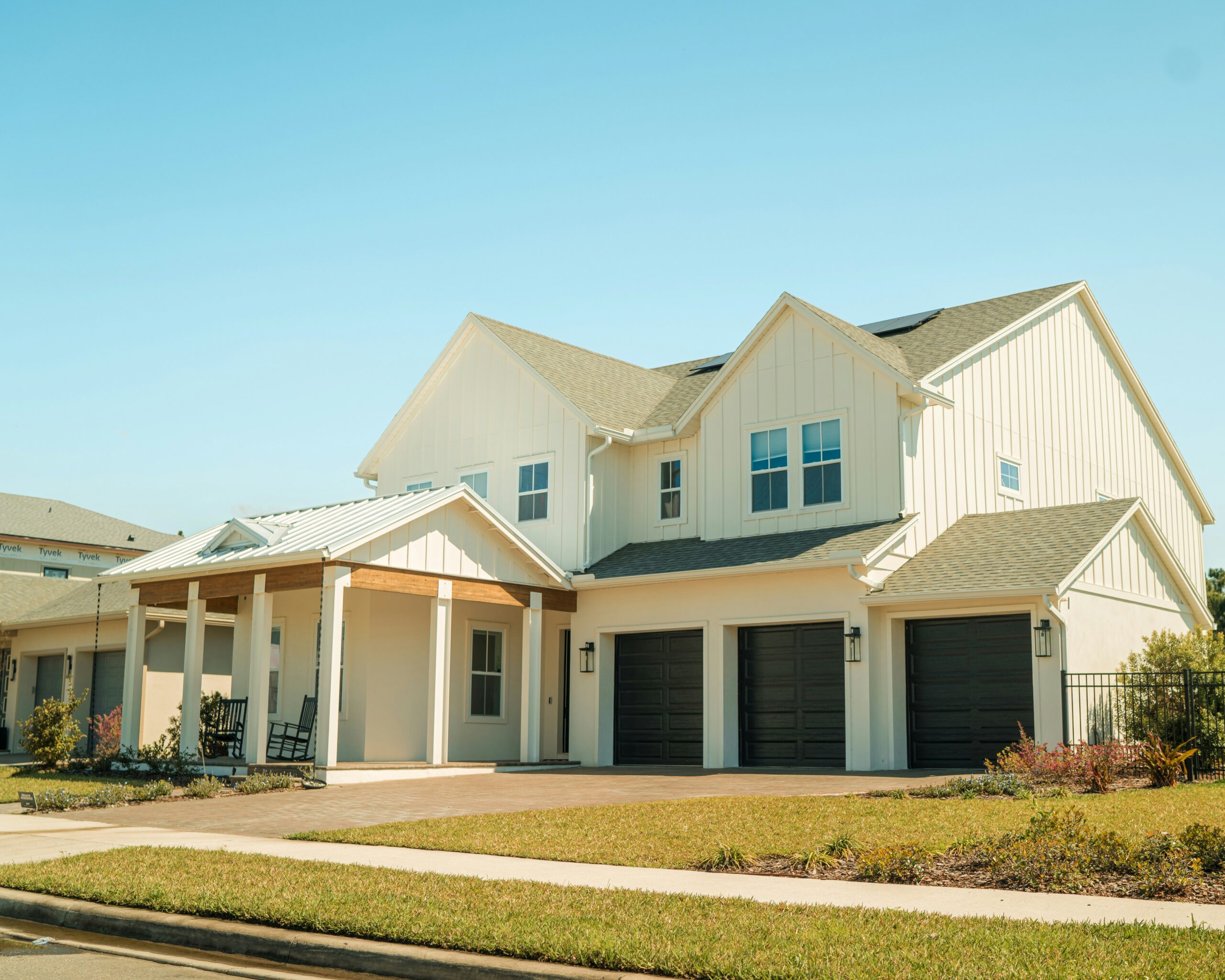Image credit: Pexels
Current Housing Market Trends and Challenges
This summer has recently portrayed signs of improvement regarding mortgage rates as inventory loosens and home price growth slows. These improvements don’t necessarily reflect that home prices are still breaking record highs, causing many buyers to wait for rates to drop again. Experts, however, warn against waiting too long.
According to the latest S&P CoreLogic Case-Shiller Home Price Index three-month running average, which ended in June, U.S. home prices have posted a 5.4% annual gain. This increase is a slowdown from May’s 5.9% annualized gain, but the index has surpassed the previous month’s record high. This value indicates home prices are still largely out of reach.
In an emailed statement, Bright MLS’ chief economist Lisa Sturtevant noted, “The upward pressure on home prices is making this the most unaffordable housing market in history.”
The economist predicts home prices will continue to decline moving into the later months of 2024 as inventory increases. Still, little evidence shows substantial declines in national home prices in 2024 or 2025.
During an interview, Sturtevant stated, “Despite more leverage, buyers are still going to face a competitive market well into 2025 in most markets across the US supply—while increasing—is still low by historical standards. And there are few signs indicating a major drop in home prices.”
Affordability is improving, however, as Zillow reports that roughly 25% of the site’s listings saw price cuts this June, which had yet to be seen since 2018.
Concerning the possibility of the housing recovery in 2025, Keith Gumberger, vice president of online mortgage company HSH.com, states, “For the best possible outcome, we’d first need to see inventories of homes for sale turn considerably higher. This additional inventory, in turn, would ease the upward pressure on home prices, leveling them off or perhaps helping them to settle back somewhat from peak or near-peak levels.”
Notably, for this to happen, mortgage rates would need to cool off, which is a possibility given recent declines. The average 30-year fixed mortgage rate has remained below 7% since the first week of June, at 6.35% in the week ending September 5.
Future Outlook and Expert Predictions for 2024 and Beyond
Experts hope the Federal Reserve will cut the federal funds rate in September, citing that mortgage rates indirectly track this rate, which banks use as an overnight lending guide. Since the federal funds rate has been at its highest in over two decades, potential borrowers are further dissuaded from buying a home. Gumbinger notes it’s too early to tell whether 2025’s housing market will achieve a better balance.
He states, “I would think 2025 will be a better year for housing, but not a great year. [A]ffordability would only be improved somewhat, even with lower mortgage rates in place.”
Concerning the recent settlement of the National Association of Realtors (NAR), the group has agreed to pay $418 million to settle several necessary antitrust lawsuits on behalf of home sellers initially filed in 2019. The settlement additionally requires more rules to support a more transparent home-purchasing process. The new requirements were implemented on August 17.
Previously, home sellers would cover the buyer’s broker commission and include commission offers on the multiple listing services (MLS), which are the private databases where local real estate brokers post and share information concerning residential property listings.
Plaintiffs argued against this practice, stating it was a collusion scheme, as NAR and other brokerages required sellers listing homes on the MLS to cover buyer broker commissions. As a result, broker compensation offers on the MLS are now prohibited.
Other changes buyers can expect include mandatory entering into a written agreement with agents using MLS following NAR’s rules before touring homes and negotiation for how much commission to pay their agent/broker and for what services.
Sellers can now negotiate with listing brokers how much to pay for certain services and commissions while being free to offer buyer concessions on the MLS, provided the concessions are unrelated to compensating the buyer’s representative. An NAR spokesperson has stated that, despite the reforms, buyers can still attend open houses independently and request property information.
Some may be concerned with how these rules affect affordability. Matt Side, director of broker development and owner at Realty ONE Group Eclipse in Spokane, notes, “The greatest impact is going to be buyers who have fewer resources for down payment, closing costs, and now the potential of buyer broker compensation.”
Joel Hess, co-owner and managing broker of Realty ONE Group Professionals in Boise, notes that first-time buyers may be hesitant to access segments of inventory they could not afford. He states, “[A] buyer may not look at a home that’s otherwise perfect for them if they don’t have the cash available in their budget to pay compensation.”
Side advises buyers to have upfront conversations with their real estate agent and lender to help optimize terms when negotiating home purchases, noting that “Understanding what their limitations may be in purchasing will prepare them for a successful real estate transaction.”
According to a Freddie Mac report, inventory remains below the pre-pandemic average. This deficit is likely to stay for some time, as Rick Sharga, founder and CEO of market intelligence and business advisory firm CJ Patrick Company, states, “I don’t expect to see a meaningful increase in the supply of existing homes for sale until mortgage rates are back down in the low 5% range, so probably not in 2024.”
New home construction provides some inventory relief, but more will be needed to completely fill the current gap. Some data, however, suggests current inventory levels are at their smallest deficit since 2020. Should mortgage rates continue their downward trend, additional inventory could become available.
Concerns have recently emerged regarding a housing market crash, but odds are unlikely for 2024. Tom Hutchens, executive vice president of production at Angel Oak Mortgage Solutions, states, “[T]he record low supply of houses on the market protects against a market crash.”
Additionally, Orphe Divounguy, Zillow Home Loans’s senior macroeconomist, notes, “In 2024, I expect we’ll see home appreciation take a step back but not plummet.” Other housing market watchers, like Comerica Bank’s chief economist Bill Adams, state, “Comerica forecasts that national house prices will rise 2.9% in 2024.”
However, Dan Hnatknovskyy, co-founder and CEO of NewHomesMate, notes that because fewer homes are selling, price collapse is possible: “If something pushes that over the edge, the consequences could be severe.”














